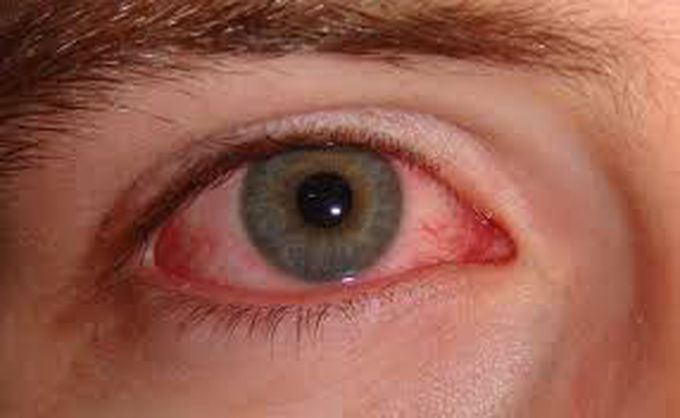


red eye
1. Many causes of red eye are benign, but the initial goal in evaluation should be to identify conditions that require referral (emergent or nonemergent) to an ophthalmologist. 2. Conjunctivitis is the most common cause of red eye, but always attempt to exclude other, more serious causes. 3. The following conditions require a referral to an ophthalmologist: a. Eye pain that does not respond to therapy. b. Flashers, floaters, or a sudden decrease in visual acuity. c. History of recent eye surgery—especially if infection is suspected. d. Corneal opacification, corneal ulcer, or corneal foreign body that cannot be removed. e. History of penetrating trauma or significant blunt trauma. f. History of chemical exposure (especially alkali agents). g. Orbital cellulitis. h. Presence of hypopyon or ciliary flush (suggests acute glaucoma, corneal inflammation, or iridocyclitis) i. Asymmetric or unreactive pupils. 4. Always check visual acuity, pupil size, and reactivity. Evert lids to look for a foreign body.
Acute Conjunctivitis (Pink Eye) | Allergic, Bacterial, Viral | Symptoms, Diagnosis, TreatmentWhat causes eye freckles? Are they dangerous?Strabismus: Everything You Need To KnowFATTY DEPOSITS of CHOLESTEROL around EYES | How to get rid of it?-Dr.Rajdeep Mysore|Doctors' CircleGlaucomaIdentify the TestLatex allergyAllergic rashHypersensitivity to impression material

